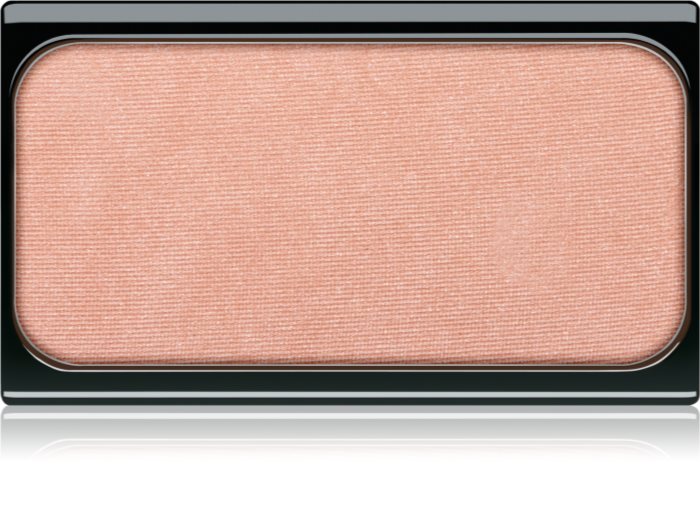

The code with check digit is referred to as Code 39 mod 10 or Code 39 mod 43 respectively. Using it requires this feature to be enabled in the barcode reader.

Barcode fonts invariably include this space within the glyph for the character.Ĭode 39 is sometimes used with an optional modulo 10 or 43 check digit.

The code will not be read properly without these inter-character spaces.
#CODE 39 AZALEA WIDE 3 FULL#
For example, the full encoding for the single letter "A", which actually includes the start and stop characters as "*A*", is "| |▮▮|▮|| |▮| |▮▮|". The numeric value assigned to each character (except start/stop) is used in the checksum algorithm described below.Ĭharacters are separated by an additional narrow space. This table outlines the Code 39 specification. There are four possible positions for the single narrow space. The last four characters consist of all narrow bars and three wide spaces. When encoding the (+10 to +30) letters the equation needs a "−1" added so 'A' is WNNNW → 1 + 10 − 1 → 10 as shown in the table. In the case of NNWWN which is 4+7 = 11 it is assigned to 0 for digits (+0), and 10 for the letter columns (+10 – +30). For example, the number 6 is encoded NWWNN, with wide bars occupying the positions for 2 and 4 (2+4=6). The two wide bars, out of five possible positions, encode a number between 1 and 10 using a two-out-of-five code with the following numeric equivalence: 1, 2, 4, 7, 0. Because there are only six letters in the Letters(+30) group (letters 30–35, or U–Z), the other four positions in this group (36–39) are used to represent three symbols (dash, period, space) as well as the start/stop character. When represented as a digit, the number "10" is used to encode the number zero. For example, the letter P (being the 16th letter of the alphabet) has its bars aligned to represent the number 6, and the space in the far right position to select the group Letters(+20). Īs a generality, the location of the two wide bars can be considered to encode a number between 1 and 10, and the location of the wide space (which has four possible positions) can be considered to classify the character into one of four groups (from left to right): Letters(+30) (U–Z), Digits(+0) (1–9,0), Letters(+10) (A–J), and Letters(+20) (K–T). MIL-STD-1189 has been cancelled and replaced by ANSI/AIM BC1/1995, Uniform Symbology Specification - Code 39. Code 39 was later standardised as ANSI MH 10.8 M-1983 and MIL-STD-1189. Four punctuation characters were later added, using no wide bars and three wide spaces, expanding the character set to 43 characters. Setting aside one of these characters as a start and stop pattern left 39 characters, which was the origin of the name Code 39. Their original design included two wide bars and one wide space in each character, resulting in 40 possible characters. David Allais and Ray Stevens of Intermec in 1974. One advantage of Code 39 is that since there is no need to generate a check digit, it can easily be integrated into an existing printing system by adding a barcode font to the system or printer and then printing the raw data in that font.Ĭode 39 was developed by Dr. However, Code 39 is still used by some postal services (although the Universal Postal Union recommends using Code 128 in all cases ), and can be decoded with virtually any barcode reader. This means that very small goods cannot be labeled with a Code 39 based barcode. Possibly the most serious drawback of Code 39 is its low data density: It requires more space to encode data in Code 39 than, for example, in Code 128. The barcode itself does not contain a check digit (in contrast to-for instance- Code 128), but it can be considered self-checking on the grounds that a single erroneously interpreted bar cannot generate another valid character. The width ratio between narrow and wide is not critical, and may be chosen between 1:2 and 1:3. Three of the nine elements in each character are wide (binary value 1), and six elements are narrow (binary value 0). Each character is composed of nine elements: five bars and four spaces. An additional character (denoted '*') is used for both start and stop delimiters. The Code 39 specification defines 43 characters, consisting of uppercase letters (A through Z), numeric digits (0 through 9) and a number of special characters (. Code 39 (also known as Alpha39, Code 3 of 9, Code 3/9, Type 39, USS Code 39, or USD-3) is a variable length, discrete barcode symbology.


 0 kommentar(er)
0 kommentar(er)
